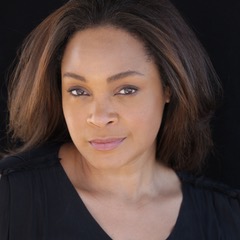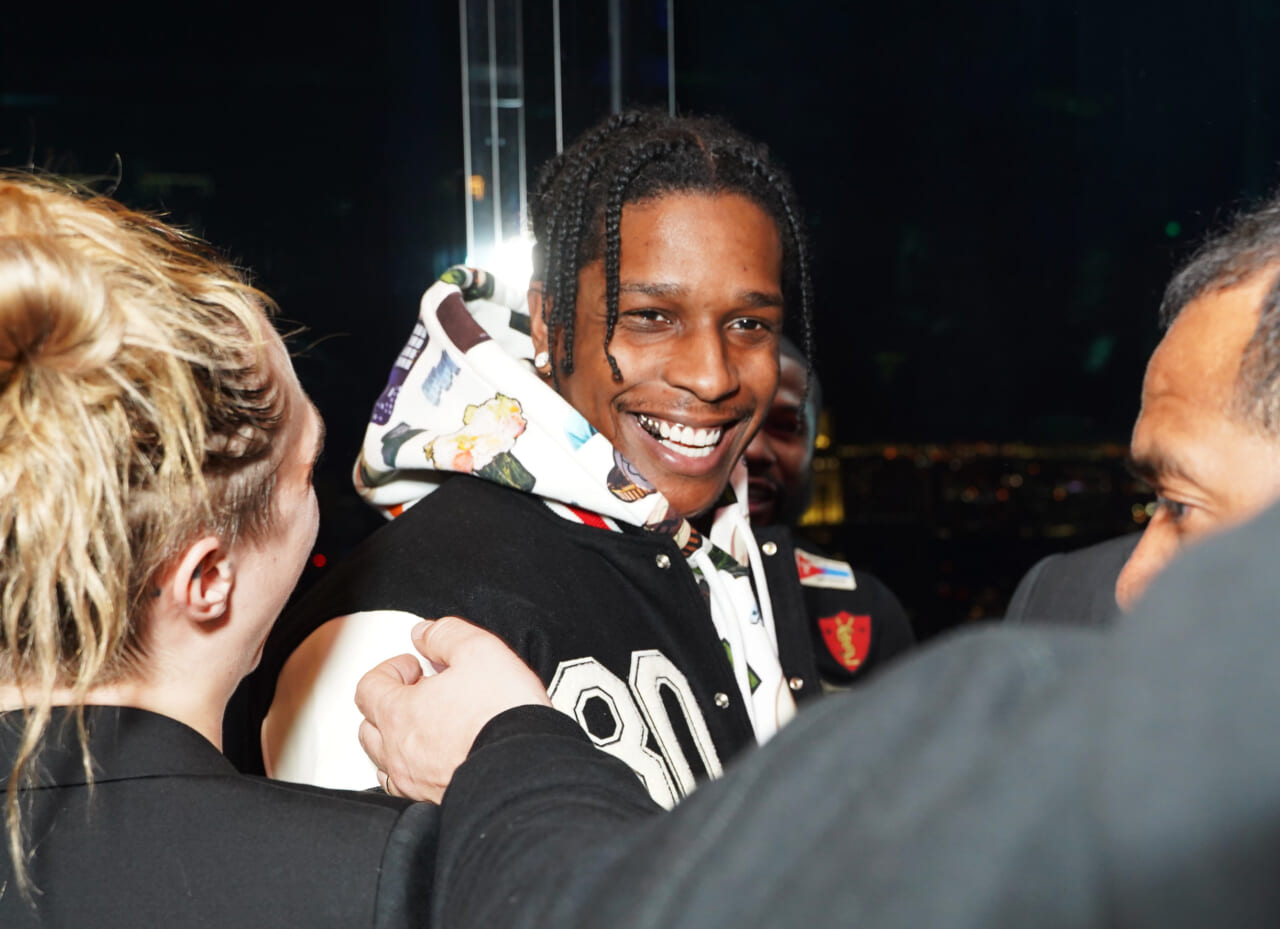Report: Black beauty shoppers over-index but remain underserved
New data predicts Black buying power will reach $1.8 trillion by 2024, but the needs of Black beauty consumers still aren't being met.
Black buying power has perhaps never been higher, especially in the beauty market. But are brands rising to meet us as the dynamic consumers we are? New insights by NielsenIQ show Black consumers regularly over-index in spending but remain underserved in the beauty space, despite significant growth among Black-owned brands.

WWD’s Beauty Inc reported on NielsenIQ’s findings, noting that after hitting $1.4 trillion in 2020, the collective buying power of Black beauty consumers is projected to reach $1.8 trillion annually by 2024. There has also been a significant increase in younger shoppers, with a reported 54 percent of Black shoppers being under the age of 35 (the overall U.S. average of that age demographic is 46 percent). Our disposable incomes also seem to have increased; the number of high-income households in the United States has increased 19 percent on average, but among Black consumers, there has been a 26 percent rise.
“This is the way that America looks,” Anna Mayo, beauty vertical client director of NielsenIQ, told WWD. “We’re seeing a lot of growth across all levels of this consumer, and they are becoming a very dynamic force and driving the conversation forward.”
However, that dynamism has yet to be fully reflected in the beauty marketplace. While there has been an undeniable increase in support and awareness of Black-owned brands—not to mention the paradigm-shifting impact of Rihanna’s 40-foundation-shade debut of Fenty Beauty in 2017—NielsenIQ’s data indicates that overall, the industry is still not meeting our needs en masse.
“We still see a lot of gaps in skincare and cosmetics; either shade ranges aren’t represented, or in terms of skincare, the products are not developed for their skin types,” Mayo told WWD, noting researchers found those findings surprising, given the heightened visibility of Black-owned brands and buying power in recent years. “In haircare, brands have done a really good job,” she explained, “but that same focus has not been applied to skincare or cosmetics.”
Nevertheless, Black spending in those sectors still outpaced the overall average, with Black consumers spending an average of $284 on beauty and skincare annually, compared to an average of $269 in spending among all demographics. A significant increase was seen in the fragrance sector, in which Black spending increased by 60 percent.
All of this is particularly interesting, given that, according to NielsenIQ, beauty spending grew 22 percent overall, with $7.4 billion being spent on beauty in 2020. With that in mind, a failure to cater to Black consumers is ultimately a lose-lose: we don’t get the range of products we deserve, and brands are missing out on our considerable influence and buying power.

Maiysha Kai is Lifestyle Editor of theGrio, covering all things Black and beautiful. Her work is informed by two decades’ experience in fashion and entertainment, a love of great books and aesthetics, and the indomitable brilliance of Black culture. She is also a Grammy-nominated singer-songwriter and editor of the YA anthology Body (Words of Change series).
TheGrio is FREE on your TV via Apple TV, Amazon Fire, Roku, and Android TV. Please download theGrio mobile apps today!


